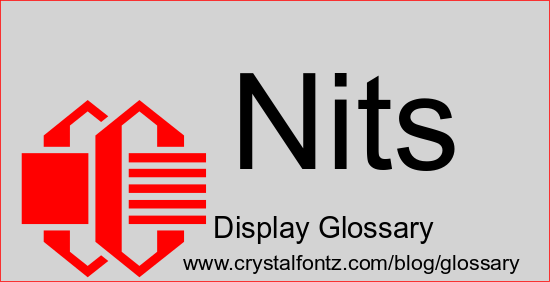glossary
FET
A FET is a Field Effect Transistor. Typical FETs are nearly perfect switches. Next to no current flows when they are off, and they drop only minuscule voltage when they are on. An N-FET (N-Type Feild Effect Transistor) is typically used to switch a load to ground. The gate of a Logic Level N-FET can […]
FFC
FFC stands for flat flex cable, sometimes called ribbon cables. FFCs are cables that carry signals. This is in contrast with an FPC, which typically includes components or printed circuitry, thereby changing signals. FFCs are often connected between ZIF connectors on PCBs. It is important to ensure the pitch, number of pins, side of connection,
FPC
FPC stands for flexible printed circuit. An example of an FPC is the gold tail on most of our TFTs and touchscreens. FPCs commonly included components, in contrast with an FFC. FPCs are typically used with a ZIF connector to connect to a PCB. When looking for a compatible ZIF connector for a given FPC,
HDMI
HDMI is an acronym for High-Definition Multimedia Interface. HDMI means it is able to send a lot of data, very quickly. However, HDMI isn’t an analog communication like VGA, S-Video or parallel like 24-bit or 18-bit RGB TFTs. HDMI is actually a high-speed serial interface using a fancy TMDS (Transition Minimized Differential Signaling) protocol. Unlike
I2C
I2C or IIC stands for “Inter-Integrated Circuit,” and was originally intended as a way to communicate from one IC to another, usually on the same PCB. I2C is a bi-directional serial bus that was originally created by Philips (now NXP). Detailed Definition In a typical I2C application, there will be one master, and one or
in-cell
An in-cell display is a touch display in which the touch sensors are embedded within the screen. Traditional capacitive touchscreens have multiple layers of glass, including a capacitive touchscreen layer. In-cell displays eliminate the need for these external touch panel. This results in a thinner display than a comparative display with an external touch
IPS
IPS stands for In-Plane Switching. IPS displays are a type of TFT display in which the liquid crystals are arranged horizontally (in-plane) between glass plates. IPS displays have wider viewing angles and better color consistency than normal TN TFT displays. IPS displays can also be viewed from any direction. Editor
LCD
LCD stands for Liquid Crystal Display. An LCD is composed of two pieces of glass with a thin layer of liquid crystals between the glass layers. When a voltage is applied to the glass, the orientation of the crystals can be changed. This change in the crystal’s orientation (called polarization) will make either a dark
LCM
LCM stands for Liquid Crystal Module or LCD Module. An LCM consists of an LCD or “LCD glass” and a connected LCD controller IC. In the US, LCMs are commonly called LCDs, although this is strictly incorrect. An LCM typically also includes a backlight. Detailed Definition Many LCMs have a PCB (printed circuit board) that
Liquid Crystal (LC)
LC stands for Liquid Crystal (sometimes also referred to as liquid crystal fluid or LC fluid, although technically redundant). The defining thing about Liquid Crystals used in displays is that the polarization of the fluid can be changed by an electric field. This changing polarization can be used to make a dark or clear area
Liquid Crystal (LC) Read More »
nits
What are nits? Essentially, nits are a measure of brightness. Of course, there’s more: A nit is a unit of a display’s luminance. The SI unit is the candela per square meter (cd/m2). One nit is one cd/m2. A candela is the SI unit for luminous intensity and one candela approximately equals the intensity of
